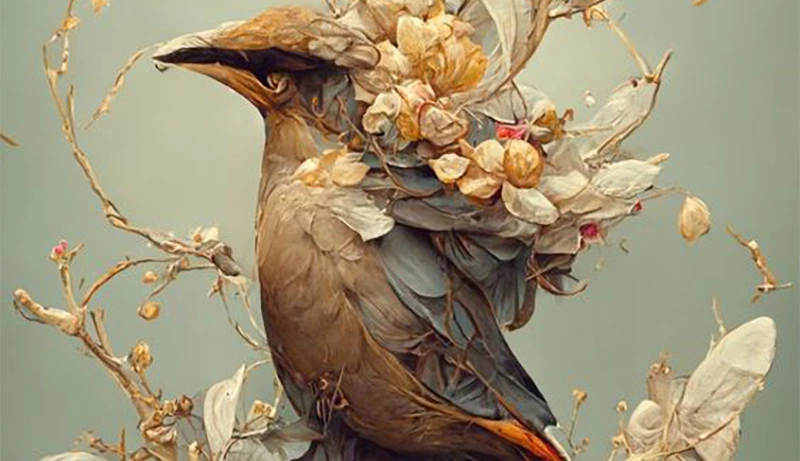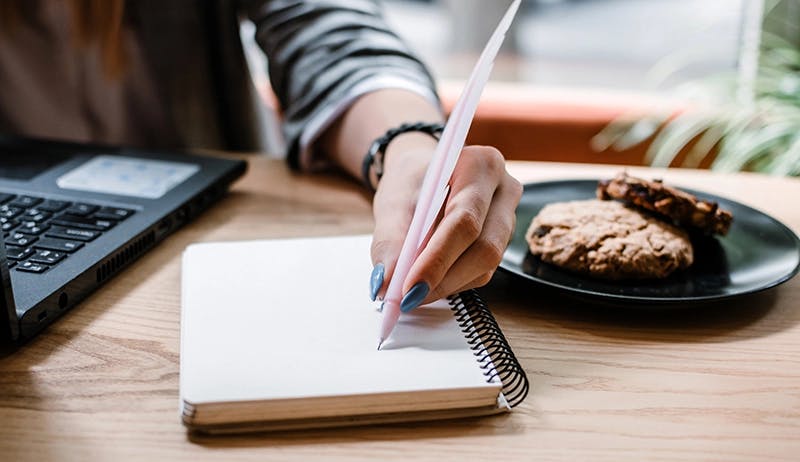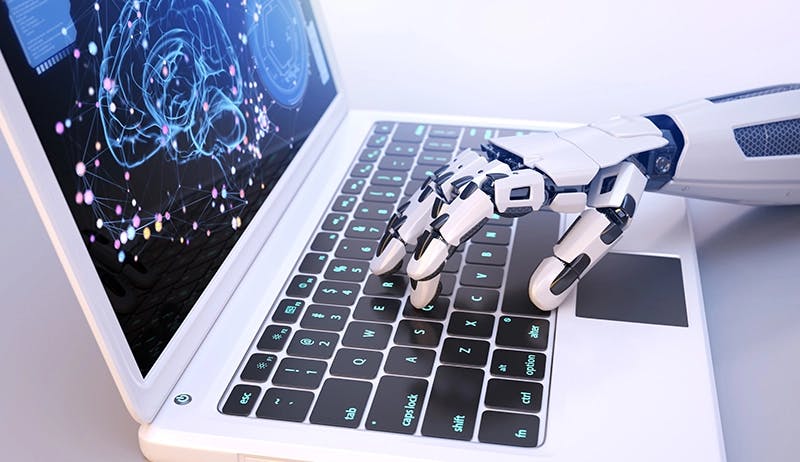
There's no doubt that artificial intelligence (AI) is rapidly evolving and growing more sophisticated every day. And as AI technology continues to advance, it's likely that we'll see increasingly realistic and lifelike AI-generated art in the future. This could mean that, one day soon, anyone will be able to create a work of art using nothing but an AI program. Imagine being able to generate a beautiful painting or sculpture with the help of artificial intelligence - it would truly be amazing!
What is AI-generated art, exactly? In simple terms, it's art created by computers using artificial intelligence algorithms. This can include anything from images generated by an AI image generator to music composed by an AI system. But the potential for AI-generated art goes far beyond simply generating new content; it has the potential to revolutionize the very way we think about art and creativity.
Interestingly, some of the most impressive examples of AI-generated art are actually quite similar to traditional works of art. For instance, the painting "Dall-E" was created by an algorithm trained on millions of images from the web. And while it may not be a Rembrandt or a Picasso, it's still strikingly beautiful and evocative - proof that even computers can create works of great artistic value.
Indeed, as AI technology continues to develop, we are likely to see more and more examples of stunning artificial intelligence generated artwork that rivals (and in many cases surpasses) anything created by human hands. So far, AI artists have shown us that they are capable of creating everything from colourful abstract paintings to realistic portraits and landscapes; there seems to be no limit to their creativity.
As well as being visually appealing, AI-generated art also often has a deeper meaning or message behind it. For example, one famous piece called "Two Suns" by Robbie Barrat features two suns setting over a desert landscape; according to Barrat, it is meant to symbolise humanity's impending destruction dueto climate change. Other pieces offer commentary on social issues like race relations or consumerism; whatever the subject matter may be, AI artists are sure to continue pushing boundaries and expanding our notions about what art can be.
"One famous piece called "Two Suns" by Robbie Barrat features two suns setting over a desert landscape; according to Barrat, it is meant to symbolize humanity's impending destruction due to climate change."
Similarly, the Typer app uses machine learning to generate short stories based on user input; again, these stories are eerily similar to those written by humans (albeit with a few typos here and there!). But despite their errors, they're still incredibly fascinating reads that offer a glimpse into how machines might one day tell us stories completely independently.
Of course, there will always be some who argue that computer-generated artwork can never truly rival creations made by human hands. After all, for many people part of the appeal of art is its imperfection - something which machinery will never be able to replicate perfectly. Nevertheless, as AI technology continues to develop at breakneck speed, it seems inevitable that machine-created artwork will become ever more realistic and refined - making it hard for even the most staunch critics to deny its value entirely.
As time goes on and AI technology gets increasingly sophisticated, it's likely that we'll see machine-created artwork becoming more and more indistinguishable from traditional art forms - meaning that the debate over whether or not it can be considered 'true art' is likely to rage on for many years to come.
So is AI the future of art? It's hard to say for sure. But one thing's for certain: as AI technology advances, we're likely to see ever more lifelike and beautiful examples of AI-generated art - proving that computers can indeed create works of great artistic value. What's more, as artificial intelligence becomes better at understanding and capturing human emotions, it is likely that AI-created artwork will become increasingly moving and thought-provoking. In short, there is no doubt that AI has a bright future in the world of art - one that promises to push the boundaries of what we consider possible.

